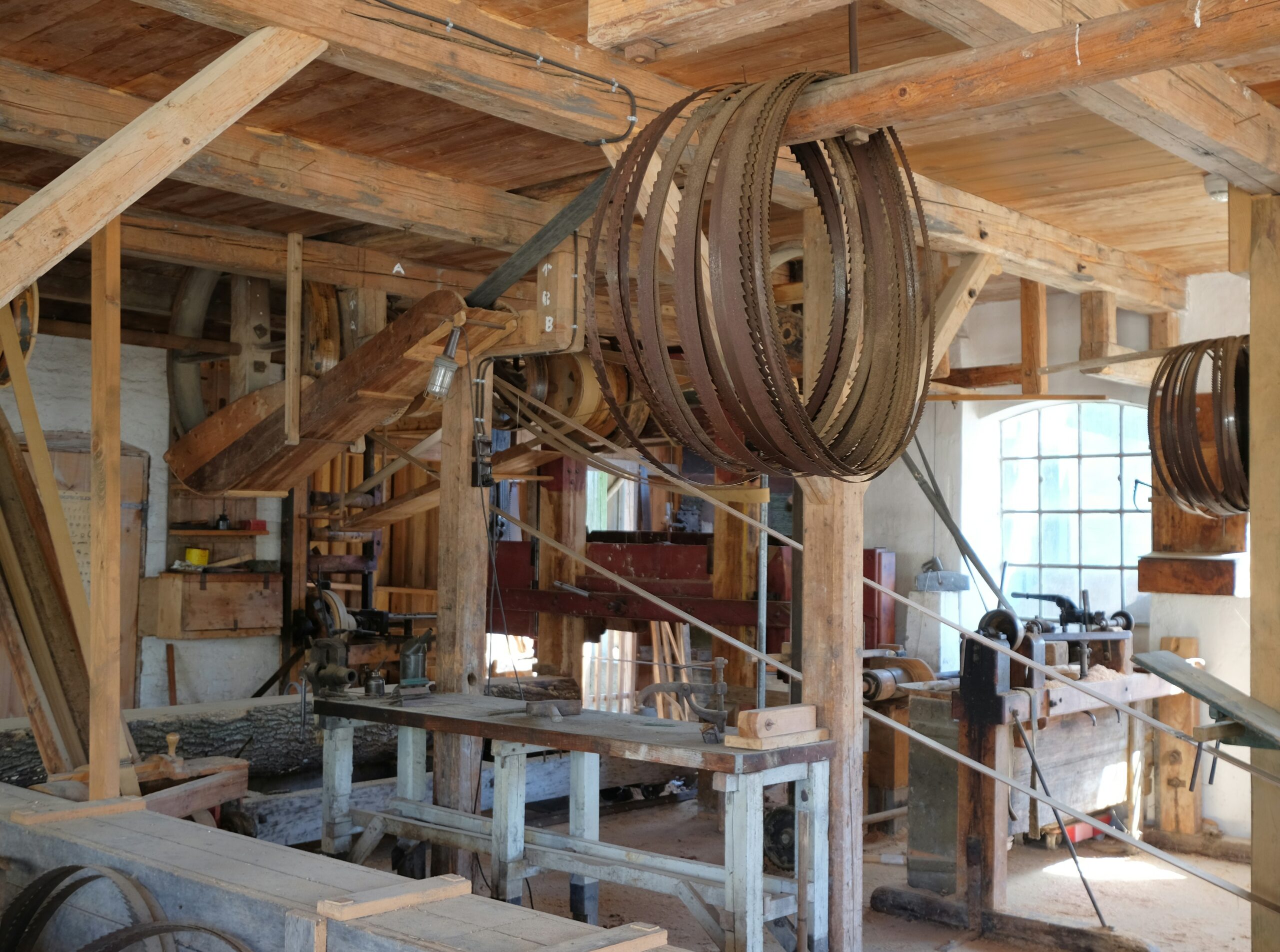
A Historic Landmark at the Crossroads of Time
Tucked into a quiet bend of the river, the Sim Corder/Harrison Mill has long stood as a testament to both human ingenuity and the enduring pull of history. Built during an era when the hum of millstones and the rhythmic churn of waterwheels defined rural life, the mill became more than just an industrial hub—it was a community anchor. Farmers brought their grain, neighbors exchanged news, and children played along the banks while waiting for their parents’ turn at the grind. Over the decades, as modern technology eclipsed the need for such mills, many structures like it fell silent and faded into memory. But the Sim Corder/Harrison Mill has resisted that fate, thanks to a blend of historical awareness, grassroots dedication, and targeted conservation efforts.
Understanding Its Cultural Weight
What makes the Sim Corder/Harrison Mill so compelling is not just its architecture or mechanical features, but the stories embedded within its beams and stones. It represents a period when local economies were self-sufficient, when craftsmanship was both practical and artful, and when a mill could serve as the heart of a township. For historians and heritage enthusiasts, the site offers a rare, tangible connection to a past that is often discussed in books but seldom experienced firsthand. For the local community, it’s an emblem of identity—proof that their heritage still has a place in the present day.
Conservation as a Collaborative Endeavor
Preserving a site like the Sim Corder/Harrison Mill is no small feat. The structure’s age means that repairs require not only funding but specialized knowledge. Foundations must be stabilized without losing authenticity, original milling equipment must be treated to resist corrosion, and surrounding landscapes must be managed to prevent erosion from threatening the site’s integrity. Efforts have been driven by a coalition of stakeholders—local historical societies, municipal leaders, state heritage agencies, and a dedicated corps of volunteers. Each group brings its own expertise, whether it’s historical research to guide restoration, technical skills for masonry repair, or fundraising campaigns that tap into broader networks.
Community Engagement and Education
A major reason the mill’s conservation efforts have gained momentum is the deep sense of ownership the local population feels. Educational programs have been developed to draw in school groups, giving children hands-on experiences in traditional milling, woodworking, and water management. Seasonal festivals and heritage days have become annual traditions, inviting both residents and visitors to walk through the restored spaces, hear interpreters tell the mill’s stories, and even try their hand at grinding grain using traditional methods. This emphasis on engagement ensures that the mill is not just a static display but a living, breathing piece of the community’s cultural landscape.
Challenges in the Modern Era
Even with strong local support, the conservation of the Sim Corder/Harrison Mill faces significant hurdles. Funding remains a constant concern—heritage grants are competitive, and donations, while generous, can fluctuate with the economy. Climate change introduces new threats, as heavier seasonal rains increase the risk of flooding and shifting soil patterns. Finding skilled artisans who can work with historical building techniques is another pressing challenge, as such expertise becomes rarer each year. These realities require the project’s leaders to balance historical fidelity with practical measures that will keep the mill standing for generations to come.
Innovations in Preservation Techniques
Modern technology, ironically, has become a critical ally in preserving this relic of the pre-industrial age. Detailed 3D scans of the mill have been created, allowing restorers to model structural interventions before committing to them physically. Environmental monitoring systems track moisture levels, temperature fluctuations, and vibration patterns, helping conservators anticipate problems before they cause lasting damage. Even social media plays a role, amplifying fundraising campaigns and connecting the project with a global network of heritage preservation enthusiasts who share techniques and insights.
The Broader Impact of Saving the Mill
The Sim Corder/Harrison Mill’s preservation is about more than protecting a single building. It sets a precedent for how communities can safeguard their tangible history while adapting to contemporary realities. By maintaining this site, the community also fosters heritage tourism, which in turn supports local businesses. Visitors drawn by the mill’s charm often discover other regional attractions, creating a ripple effect of economic and cultural vitality. The mill also serves as an educational anchor, inspiring discussions about sustainability, craftsmanship, and the value of local history in shaping a shared future.
A Vision for the Future
Looking ahead, the mill’s caretakers envision not just stability, but growth. Plans include expanding interpretive exhibits, developing partnerships with universities for historical research, and creating apprenticeship programs to train the next generation of conservation artisans. The long-term goal is to ensure that the Sim Corder/Harrison Mill remains as dynamic in the 21st century as it was in the 19th—not as an industrial necessity, but as a cultural touchstone that continues to inspire, educate, and unite.
The Sim Corder/Harrison Mill is more than an old building; it’s a bridge across centuries, linking today’s world with the ingenuity, resilience, and community spirit of the past. Its survival depends not only on physical repairs but on the collective will to remember why it matters. Through careful stewardship, community involvement, and a blend of traditional craft and modern technology, the mill stands as a living monument—proof that heritage, when actively protected, can thrive even in a rapidly changing world.